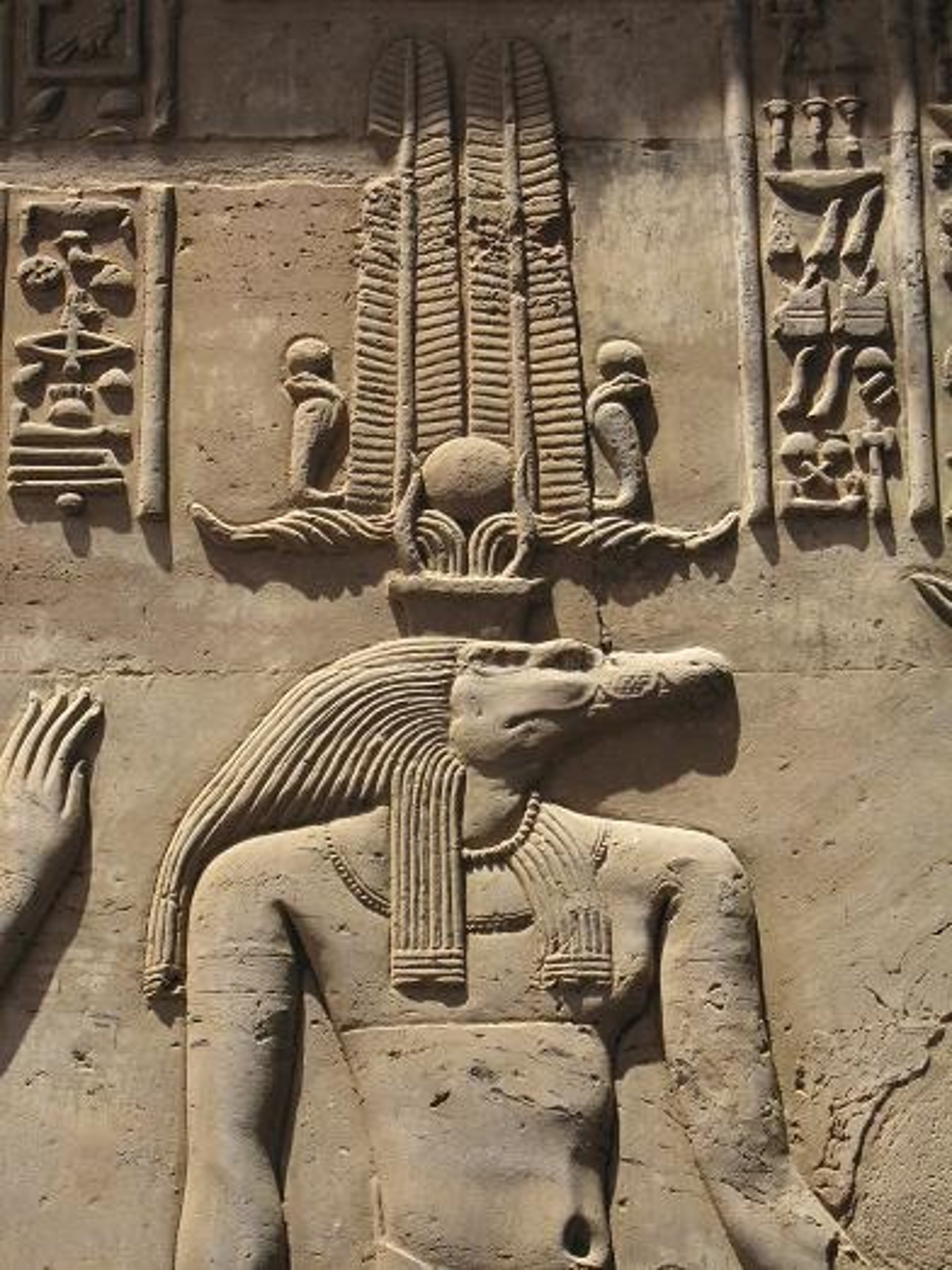Build your own dreams, Get started using this CODE: EOSDAHLIA6M2 to get a 20% off Reach.
“Lettre à M. Dacier”
In "Lettre à M. Dacier," a pivotal document in the history of linguistics and Egyptology, Jean-François Champollion unveils his revolutionary phonetic alphabet, reshaping the academic understanding of hieroglyphic letters and their intricate connection to the sounds of spoken language. This groundbreaking letter not only articulates Champollion's methodology in deciphering the ancient script, but it also presents compelling arguments that challenge long-held misconceptions about the nature of Egyptian writing. The significance of this correspondence extends far beyond its immediate academic context; it laid the foundational principles of modern Egyptology and propelled scholars toward a more nuanced appreciation of ancient civilizations. Through this exploration, we delve into the key arguments presented by Champollion, the implications of his work for future archaeological and linguistic studies, and the lasting influence his discoveries have had on the interpretation of not just hieroglyphs, but language itself.
DR. DAHLIA SAAD EL-DIN
Dahlia Saad El-Din
7/11/20252 min read



1. Background & Context
Written in September 1822: Champollion completed the letter on September 22, 1822, and presented a draft to the Académie des Inscriptions et Belles-Lettres on September 27—a pivotal moment for Egyptology (Wikipedia).
Recipient: It was addressed to Bon-Joseph Dacier, secretary of the Académie, chosen for his scholarly reputation and influence (Wikipedia).
2. Champollion's Core Arguments
a) Writing as a hybrid system
He famously described hieroglyphs as:
“a complex system, figurative, symbolic, and phonetic all at once, in the same text, the same phrase, I would almost say in the same word.” (Wikipedia)
This was groundbreaking, stressing that hieroglyphs weren’t purely pictorial or ideographic—they interwove sound and meaning.
b) Phonetic signs in names
Building on readings by de Sacy, Åkerblad, and Young, Champollion showed that cartouches on the Rosetta Stone encoded Greek and Roman names phonetically:
He identified names like “Ptolemy,” “Cleopatra,” “Berenice,” “Arsinoë,” and others, showing they used phonetic signs (Wikimedia Commons).
He used cross-script comparison (demotic, hieratic, hieroglyphic) to derive a syllabic “alphabet” of Egyptian phonetic signs (British Museum).
c) Evidence beyond Greek/Roman era
Remarkably, Champollion hinted that phonetic hieroglyphs were not limited to the Ptolemaic period but used in much older texts too—to write names like “Ramesses” and “Thutmose” (Wikipedia).
3. Some Key Excerpts & Insights
From his draft (later published):
“The Rosetta Stone introduces an additional system that we call phonetic… indicating the sounds of the proper names of the rulers Alexander and Ptolemy…” (Wikipedia, Wikimedia Commons).
He argued phonetics were a necessary adaptation in ideographic scripts—similar to how Chinese characters sometimes incorporate phonetic markers .
He concluded more subtly in the letter:
“I am sure … that phonetic-hieroglyphic signs used to represent the sounds of Greek and Roman names were also used in ideographic texts inscribed long before … and that they already had … the same value representative of sounds …” (archive.schillerinstitute.com).
4. Why the Letter Matters
Systematic phonetic alphabet—Champollion wasn’t guessing names; he built a crystal-clear system of phonetic reading.
Foundation of Egyptology—it shifted hieroglyphs from mysterious symbols to a linguistic system open to scholarly analysis.
Scientific rigour—he demonstrated methodical comparison across scripts and languages, rooted in direct evidence.
Gateway to the past—by revealing phonetics, he unlocked grammar, syntax, and entire corpora previously unreadable.
5. Next Steps & Deeper Reading
The full text—including four illustrative plates—was published in late October 1822 by Firmin Didot (44 pages) (Wikipedia, Wikipedia).
There are digitized transcriptions and annotated editions available on Gallica, Wikisource, and scholarly archives—complete with his tables of phonetic signs (Internet Archive).
Champollion’s later works (like the Précis and his exploration of Old Kingdom inscriptions) expand upon the principles introduced here.
Conclusion
The “Lettre à M. Dacier” is the founding moment of modern Egyptology. In it, Champollion:
Declared hieroglyphs to be phonetic, not only symbolic.
Presented a phonetic alphabet that systematically translated royal names.
Asserted that this phonetic system predated Greek influence—making it intrinsic to Egyptian script.
Combined expertise in Coptic, demotic, and Greek to build an authoritative, replicable decoding method.


